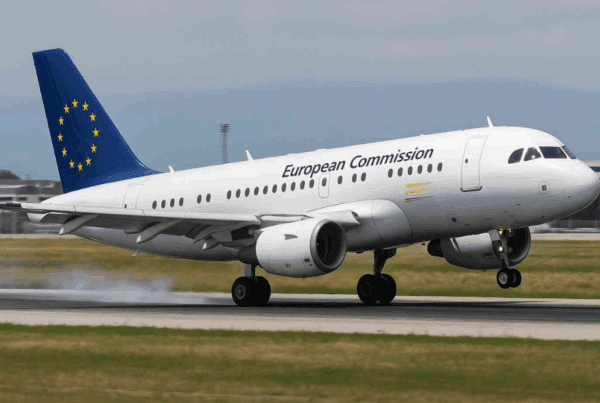
In 2021, the country with the highest overall resilience score of 100 was Denmark. Broken down into the three core resilience factors, Denmark scored 85.2 for economic risk, 94.5 for risk quality, and 91.4 for supply chain. The remaining countries ranking from 2 to 10 for business resilience were: Norway, Luxembourg, Germany, Switzerland, Finland, Sweden, Austria, United States Zone 3 (Central US), and the United Kingdom.
Read next: FM Global releases interactive earthquake risk map
What does business resilience really mean? To Eric Jones, vice president and global manager of business risk consulting at FM Global, it can be broken down into: 1) What is the risk that something bad could happen to disrupt a business? 2) If something bad does happen, would the surrounding environment enable a business to recover quickly and effectively? FM Global’s Resilience Index does “a great job,” according to Jones, of looking at resiliency in a holistic fashion.
“The Resilience Index is a great conversation starter; it’s a way to get organisations thinking about risk differently,” said Jones. “The fact is, when it comes to making major business decisions, very often resilience and property-related risks can be a blind spot – they’re not always considered. The Index is a great way to help shine a light on that, to get people thinking about risks that are associated with where you’re doing business in the world, or where you plan to do business. And it’s not just your own internal facilities and people and where they’re located, but it’s also wherever you might have business dependencies in the world, especially within supply chain, logistical concerns, and even your customers.”
Read more: FM Global welcomes senior broker relations manager for EMEA
Jones gave the example of a business looking to expand into Asia and considering key suppliers in Taiwan and Singapore. In FM Global’s 2021 Resilience Index, Taiwan ranks 70th overall, while Singapore ranks 12th for business resilience. He commented: “That doesn’t mean that you’re not going to do business in Taiwan, but the fact that there’s a higher level of risk there – that needs to be factored into the overall decision process. You need to go in with your eyes wide open […] and dig a little bit deeper to really understand that risk better.”
Quantifying risk is fundamental to all facets of risk management. Having an understanding of the potential financial implications of risk resiliency helps businesses strategize and decide where to focus their resources and how to allocate capital for risk improvement. The Index enables organisations to kickstart those discussions and points insureds towards areas where they need to drill in further.
“Whether you’re a broker, a consultant, an insurer, a risk manager, or an executive, I would just encourage everyone to look at the data in the Resilience Index, and as you do, think about: What does it mean to you and your organisation or your clients?” said Jones. “The application of all this can be different, depending on what your role is, but ultimately, it tries to get to the question of: How is your business or your client’s business impacted based on operating in different parts of the world? Where do you need to dig deeper? Who do you need to show this to?
“Start having those conversations, because the reality is, risks are different all around the world. And time and resources are always limited, no matter what function you’re talking about, so the Index is a great way to help you prioritise and think about: Where do we really need to focus from a risk standpoint? And it helps you understand where businesses need to drill in deeper and kickstart that risk evaluation process, and ultimately, hopefully help organisations become more resilient in the process.”



